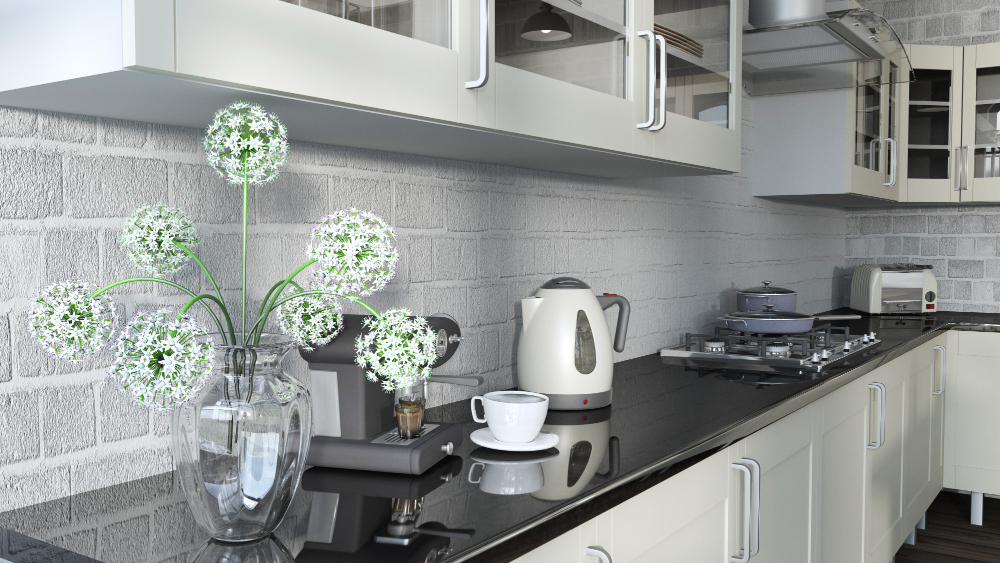Biophilic design has moved beyond simple houseplants to become fully integrated into kitchen architecture. Living walls of herbs adjacent to cooking areas, skylights positioned to maximize natural light, and countertops featuring embedded natural elements are creating kitchens that feel like extensions of the outdoors. This connection to nature isn’t just visually appealing—it supports wellbeing and creates a sense of calm in high-activity spaces.
Smart kitchens are finally delivering on their long-promised potential. Rather than flashy but impractical gadgets, truly intuitive integration of technology is emerging. Countertops that can detect food items and suggest recipes, ventilation systems that automatically adjust based on cooking activity, and waste management systems that help households track and reduce their environmental impact are becoming standard in premium renovations.
Color has returned with a sophisticated twist. Deep, saturated tones like aubergine, forest green, and navy are appearing on cabinetry and islands, often paired with warm metallic fixtures in brass and copper. These richer palettes create emotional depth while still maintaining the clean lines that consumers have come to appreciate from the minimalist era.
Multifunctionality defines the 2025 kitchen. As homes continue to serve multiple purposes, kitchen islands now routinely feature adjustable heights for various activities, from cooking to working to socializing. Hidden storage solutions have become remarkably ingenious, with specialized compartments for everything from smart devices to home brewing equipment.
The most exciting trend, however, may be the return of artisanship. Mass-produced perfect symmetry is giving way to handcrafted elements with deliberate irregularity. Hand-painted tiles, custom woodwork with visible grain, and metalwork with hammer marks bring a human touch that connects homeowners to the creation of their space in meaningful ways.

